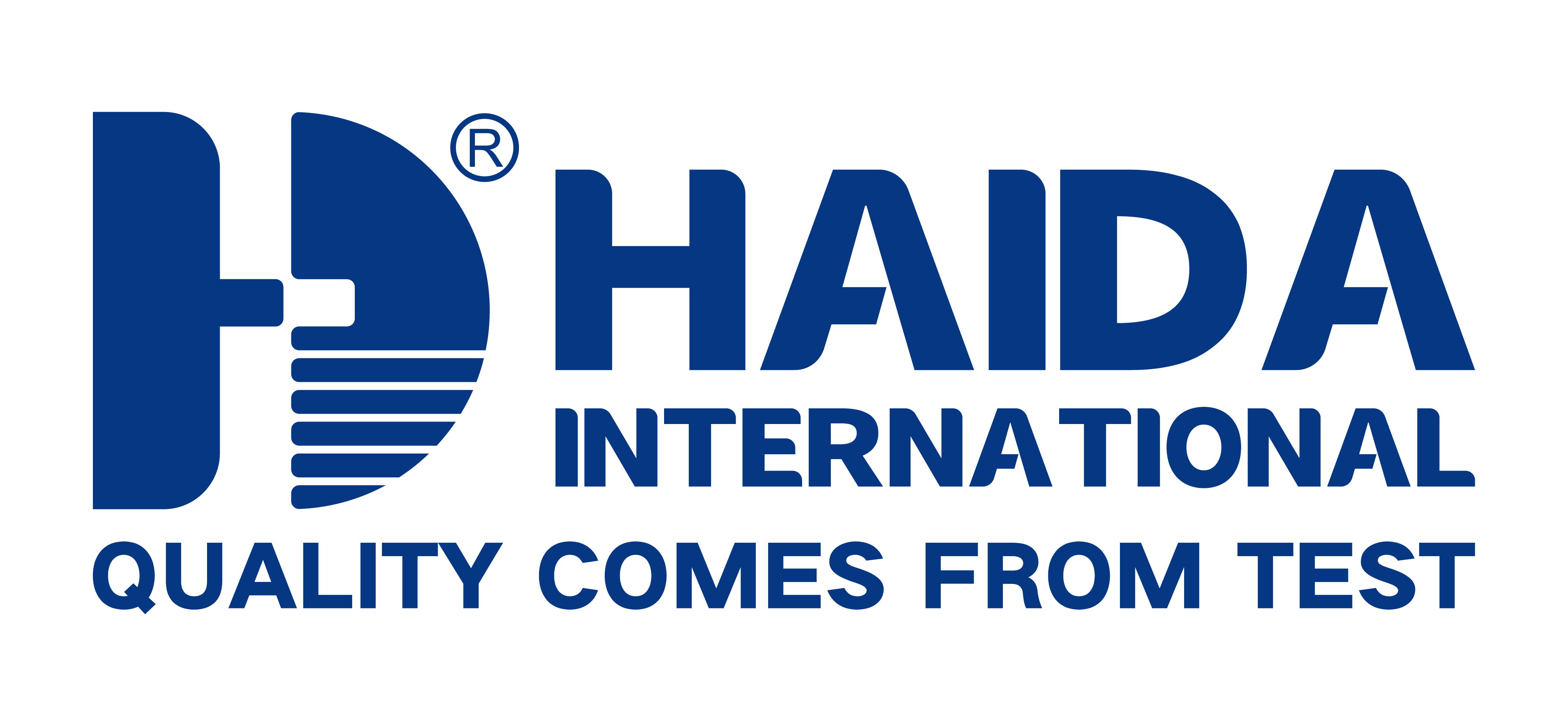Paper board is a traditional product of the paper industry, together with corrugated raw paper to form two pillars of packaging paper, mainly used for the surface or the inner layer of corrugated board, also used for corrugated paper separation paper.According to the composition of raw materials and processing technology, carton board is divided into three types: a. carton board, b. bleached paste veneer board and c. coated carton board, which can be seen from the latest GB/ t13024-2016 national standard of carton board.The three kinds of cardboard box use different, manufacturing process different, three kinds of paper board boxes have paper board test index.
Carton board: GB/T 13024-2016 corresponding to national standard, mainly divided into three types: bull leather carton board with pure wood pulp or more than 80% wood pulp, cowhide veneer carton board with two or one layer of surface copied by sulfate wood pulp and ordinary carton board without sulfate wood pulp copied.
Bleached pulp veneer case board: commonly known as white bull card paper, corresponding to GB/T 22870-2008, the top layer is bleached pulp, the bottom layer is unbleached pulp, uncoated.Bleached pulp veneer board, after single-sided color printing for corrugated board, hardboard or "cardboard box" and other products surface materials.
Coated box board: commonly known as coated white bovine card paper, standard GB/T 10335.5-2008 is applied on the basis of bleached paste veneer board.Not only has the box board good packaging performance, but also has the good printing adaptability.The printed pattern is well arranged, bright color and has the function of beautifying the product. In recent years, the coated cardboard has been more and more favored by users.
The difference between coated cardboard and bleached pulp veneer board
The appearance of coated cardboard and bleached paste veneer cardboard is very similar, which causes trouble to many customers. Their most difference lies on the white side.The white surface of the bleached pulp veneer board is relatively rough.During printing, the printing effect of the coated cardboard is slightly brighter, while the printing effect of the bleached paste veneer cardboard is more muted.Another important point is that the coating on the box cardboard is thicker, bleached paste veneer box cardboard coating is thinner.The price of coated cardboard is often higher than that of bleached pulp veneer board.
The least detection items of carton, bleached pulp veneer carton next, the most is coated cardboard.Bleached pulp veneer cardboard than cardboard two printing performance, coating cardboard and cardboard, in addition to more brightness and smoothness, but also more printing surface roughness, gloss, ink absorption and dust, printing applicability is stronger, more suitable for high-grade carton packaging.
Serial no. 1 -- 7 technical indicators are routine test items, which are used for each carton, and are used by general testers. Here is the test method of printing adaptability serial no. 9 -- 14.
A. The brightness was measured according to GB/T 7974. The D65 brightness method was adopted.
B. The smoothness is measured in accordance with GB/T 456. With the buick method, the pn-bst smoothness tester can be used for the measurement.
C. The printing surface roughness is determined by the printing surface method according to GB/T 22363-2008 with the pressure of (980 + / 30) kPa.
D. print gloss according to GB/T 12032 printed sample preparation, measurement according to GB/T 8941, can choose the PN - GM gloss meter, choose 75 ° Angle are measured.
E. Ink absorption is measured according to GB/T 12911. The pn-48a whiteness colorimeter can be selected, and the level of Ry is selected.
F. The dust is measured according to GB/T 1541, which can be measured by pt-pdt paper dust tester.
+86 13411604920











